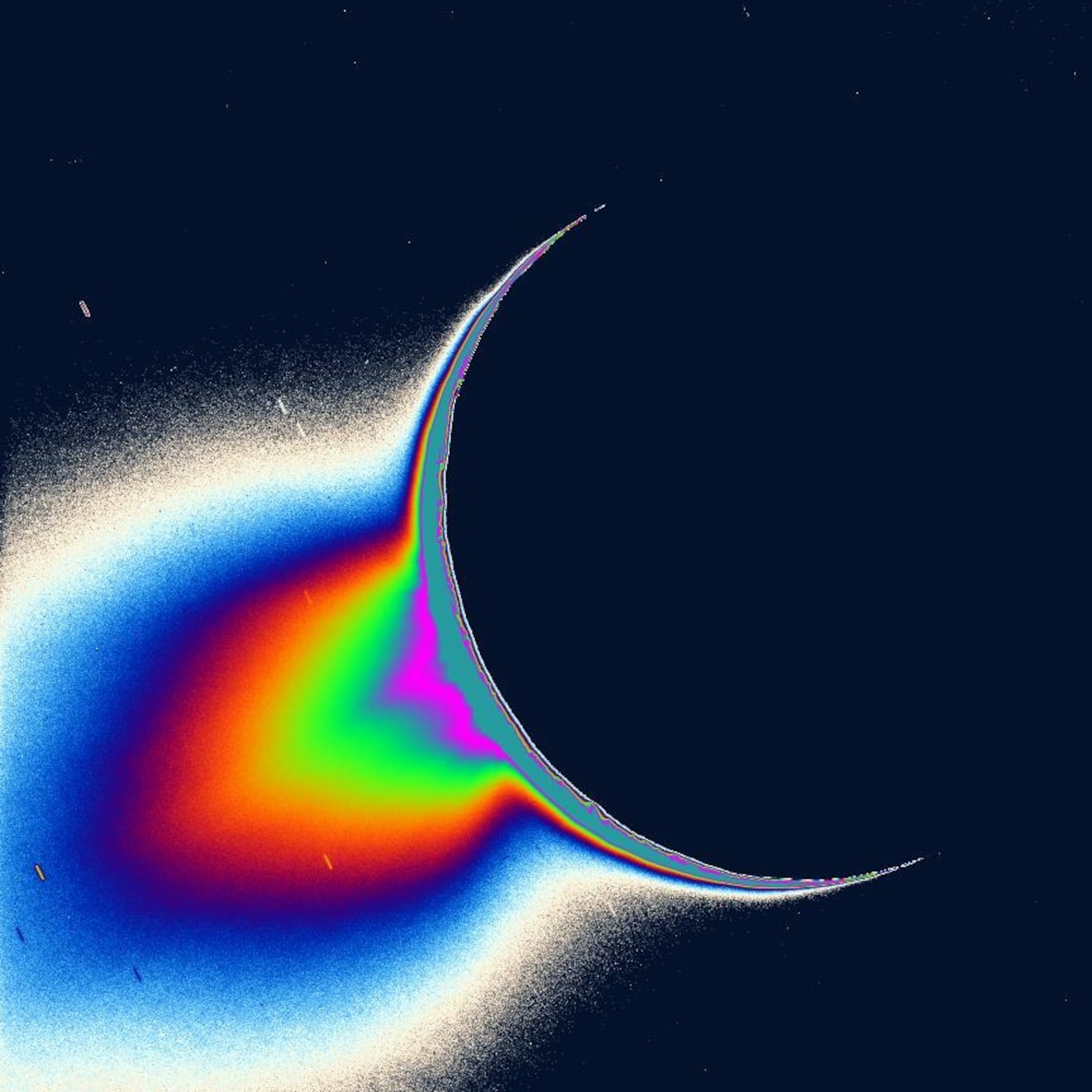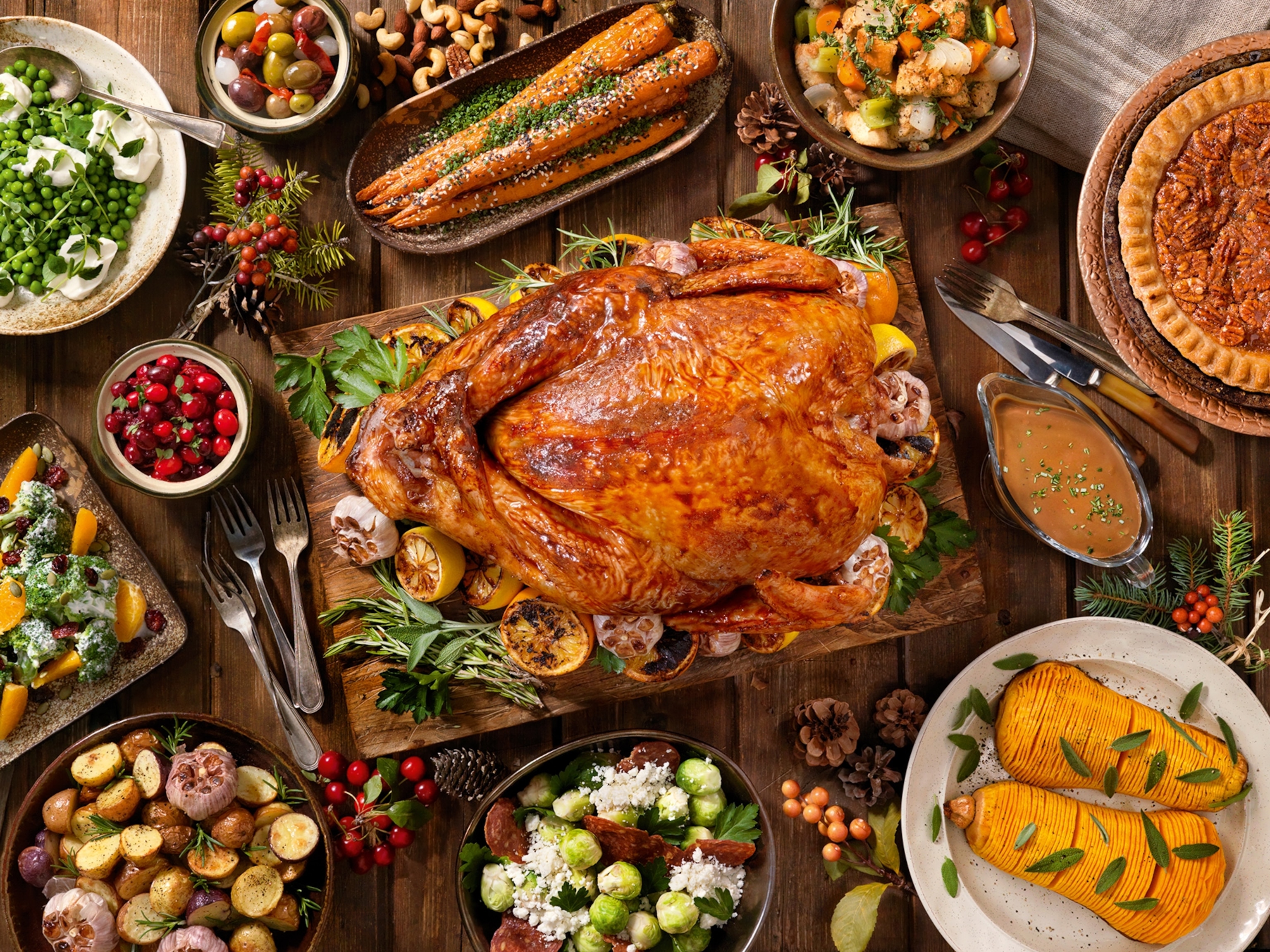
How Farming on Mars May Help Us Farm Earth
In case this week’s report on NASA’s successful experiment growing lettuce on the International Space Station left you wondering what all the fuss was about—consider the implications. Mars One is scheduled to launch four humans to the red planet in 2025–people who will live their remaining days as Martians, never returning to Earth. If they ever want to taste fresh produce again, they need to learn to grow plants in a hostile environment with no oxygen or liquid water, and limited sunlight.
Meanwhile, we who remain Earthlings poke at every corner of our planet to grow food for a population exploding to nine billion by 2050—stacked in racks in vacant windowless shopping malls, abandoned urban areas, and densely populated cities. In other words, hostile environments with limited oxygen, liquid water, and sunlight.
So farming on Mars could change the future of agriculture on Earth. As astronaut Oleg Artemyev joked on Twitter, they’re turning the space station into “the space plantation.”
One of the biggest frustrations of the good food movement is that its many interest groups don’t work together—the humane-treatment-of-farm-animals people and the don’t-eat-animals-ever people don’t have a lot of common ground. In my visit to Kennedy Space Center last week, NASA researcher Gioia Massa discussed the work of her foreign counterparts, and how NASA researchers are deeply involved in the Earth-focused agriculture community.
Shockingly, the international space-garden and urban-garden communities are actually discussing their overlapping interests, using valuable research such as the Veg-01 experiment to advance low-energy farming techniques on Earth. Will more blue light produce higher anti-oxidant content in a plant? (Vitamin K breaks down over time and cannot be stored in food, so astronauts are constantly deficient.) How can we reduce energy use and mass of growing systems so that they generate as little heat as possible? (Important for both a limited-resource, warming Earth and a limited-resource, controlled-temperature space station.)
“Our plant group is very active in the controlled-environment plant community and the international community that builds urban farms and growth chambers,” Massa said. She showed me a NASA rendering of what a Mars farm would look like.

“We might be seeing those in urban farms right now—hydroponics and high efficiency lighting. There is actually a lot of crossover.”
In another example of government working well together, NASA is collaborating with the Department of Agriculture to grow dwarf plum trees that fruit quickly in space, so settlers could have sweet produce as well. Although NASA’s food lab offers approximately 200 dishes, variety is crucial when spanning years in space rather than just months—remember how everyone grumbled to Moses about having only manna to eat in the Sinai for 40 years? The government can create value, especially in food, when innovative thinkers from across departments collaborate on issues that demand public solutions.
Internationally, the European Union’s MELiSSA project to grow food in space is also working on Earth applications, if global climate change rendered agriculture on our planet unworkable. Germany is using a shipping container in Antarctica to test Martian agriculture and its Earth applications. The Russians and Japanese are also players and China just upped the whole game with its Lunar Palace, in which the crew grew corn, peanuts, and lentils in a simulated Moon-station environment.
International cooperation is worthwhile, and not just because mentions of “colonization” make everyone edgy. NASA is gradually allowing commercial businesses to take over everything in “low Earth orbit”—anything that relates to the International Space Station (249 miles above Earth) or below. In doing so, NASA will focus only on “deep space exploration,” areas above the Space Station—to the Moon, Mars, and beyond.
Smart companies are getting involved in low-Earth orbit with an eye on eventual deep-space involvement. The company that made the successful growing chamber for Veg-01 was just bought by Sierra Nevada, which created the Dream Chaser ship that takes passengers into low-Earth orbit. If you control agriculture and transportation, you control a lot.
The biggest limiting factor is time. Astronauts on the Space Station simply don’t have the six to seven hours per month required to conduct vegetable growing experiment that will lead to the knowledge needed for mass farming by 2025. When I first heard this, I thought, ‘What else do they have to do in the Space Station all day?’
A lot, it turns out, as would the first residents of Mars, as did the members of any pioneering society. They need to maintain everything (engines, doors, electronics, etc.) because, well, they’re the only ones up there. There’s no one to call when stuff wears down or breaks, or if you get sick, and if you thought it took a while to get a part for your dishwasher, let’s just say it takes longer in space. I can barely find time to water my garden on Earth and here is a list of things astronauts have to do every day, that I don’t: exercise two hours, draw blood and saliva samples and perform other self-experiments, media interviews, write a detailed journal, gather data, make every meal, clean up immediately, repair billions of dollars of equipment, and bounce around outside of a space ship.
I’m pretty confident about the future of food on Mars: Group meals are required every day on the Space Station, so the negative effects of isolation don’t set in. (You know what it’s like to sit next to an ornery or depressed co-worker? Imagine living with that person 24/7 in a tube with no one else around and no off time.) All countries honor the value of meals shared together and even prepared together for the camaraderie and connection. Our eventual Martian counterparts may be headed for a stronger connection to their land than Earthlings.








